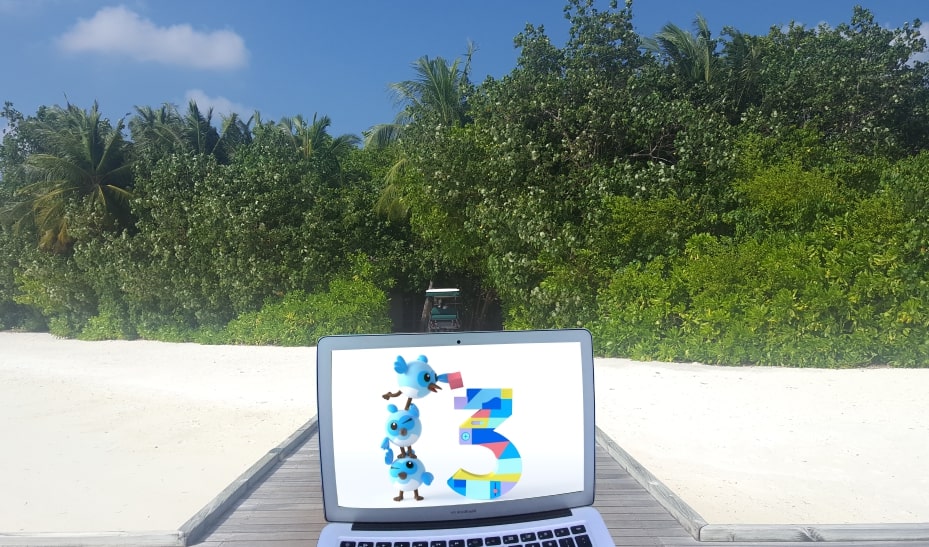Introduction
Google announces Flutter 3. We all have been waiting for Material 3, Games Toolkit, macOS, Linux Support and Fordable Phone Support. Wait is over, finally it has arrived. Google and the open source community has put a lot of hard works to Flutter 2.0 and now they have released Flutter 3.0 with much more exciting features. Today we look into the new features that Flutter has in this major changes!
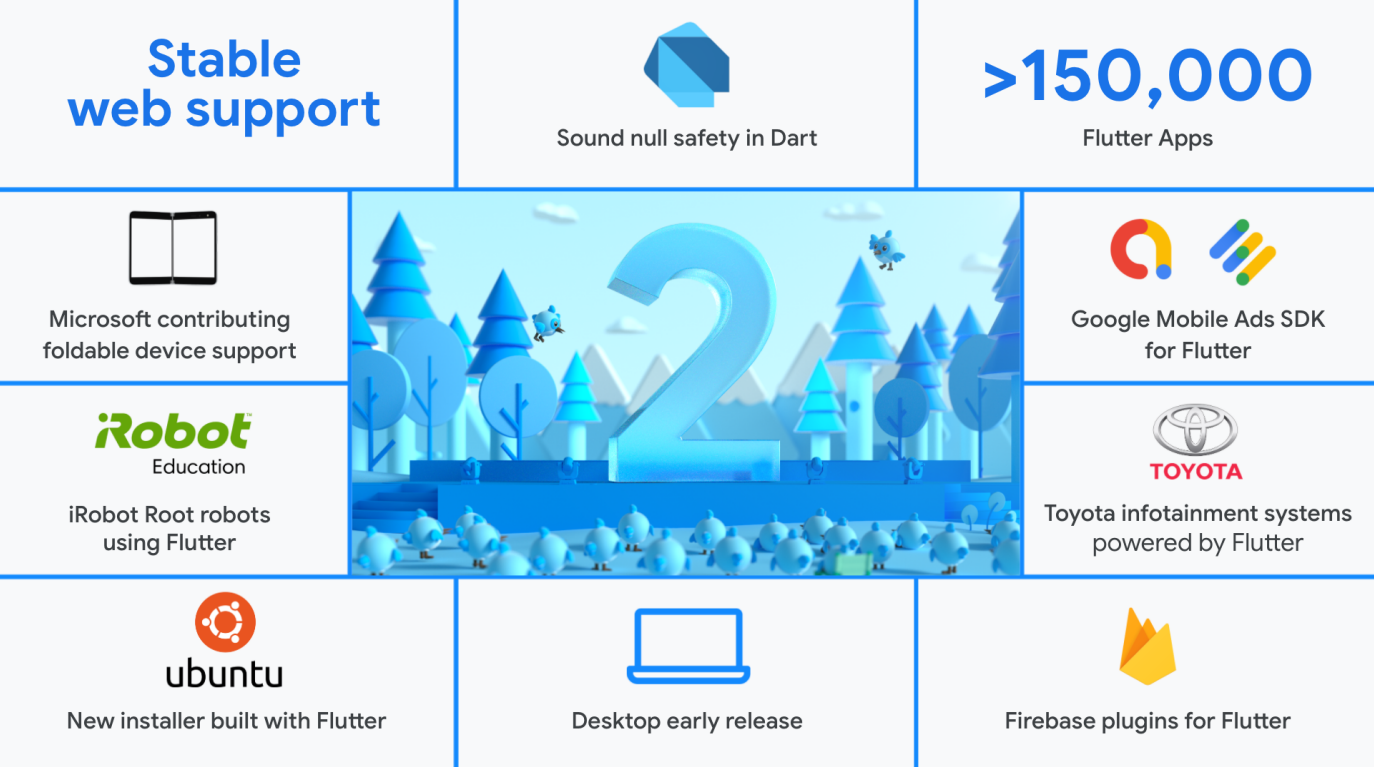
1. Flutter Firebase
A collection of tools is always necessary to have when building and launching applications. Data storage, cloud functions, authentication and app testing for different platform requires comprehensive third-party tools such as Firebase, AWS Amplify and AppWrite.
For example, Firebase is an amazing back-end platform backed by Google which accelerate app development process providing powerful backend infrastructure for the applications.
Flutter and Firebase work hand-in-hand to help you build web and mobile apps. This is not a surprise for any of us as we know both these products are belongs to one company, Google.
Read more about How to connect flutter with firebase backend.
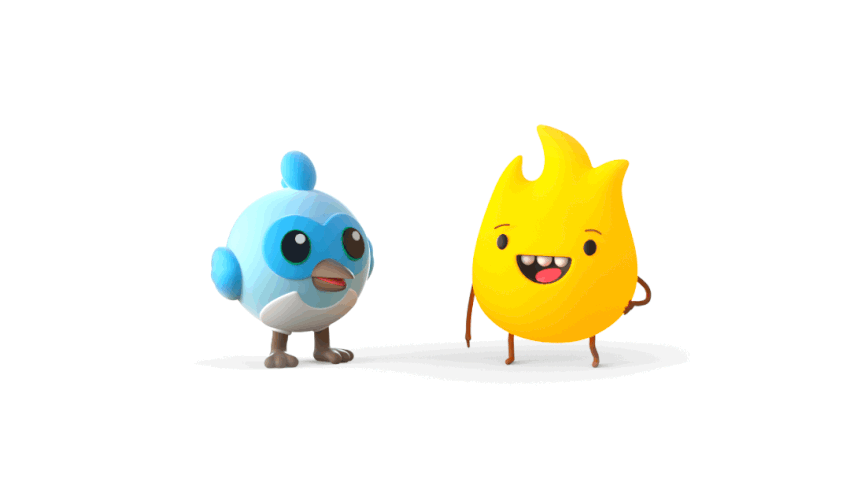
Majority of Flutter developers use Firebase in their apps. Over the last few releases Flutter team have been working with Firebase to expand and provide better integration for Flutter as a first-class integration. Flutter Crashlytics plugin helps to track real-time fatal errors with the same set of features through Firebase’s real-time crash reporting service. Firebase Crashlytics is a lightweight, realtime crash reporter that helps you track, prioritize and fix stability issues that erode your app quality.
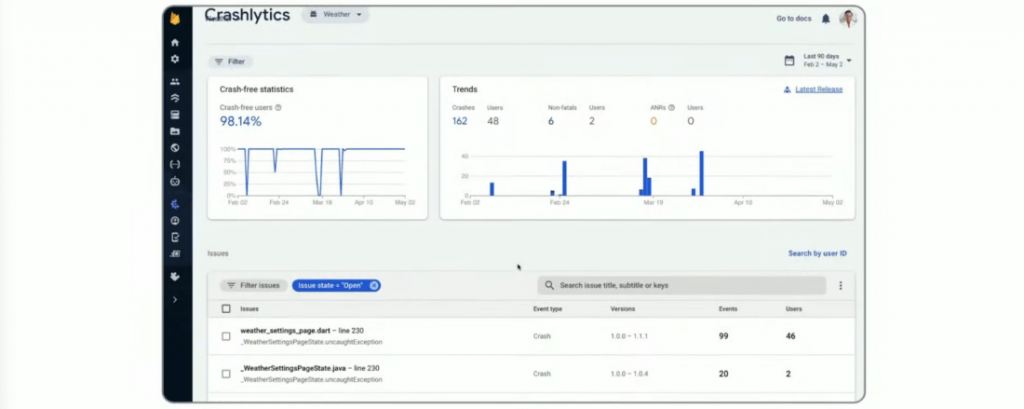
2. macOS and Linux Support
According to a 2021 developer survey, Flutter is the most popular cross-platform mobile framework used by majority of global developers. Flutter desktop support is still far behind compared to mobile support specially in its early releases.
Flutter was stable for Windows in previous versions and now it supports both linux and macOS as well. Now you can build apps for all desktop platforms without ever worrying of breaking your code. You can build production ready applications for all platforms using flutter.
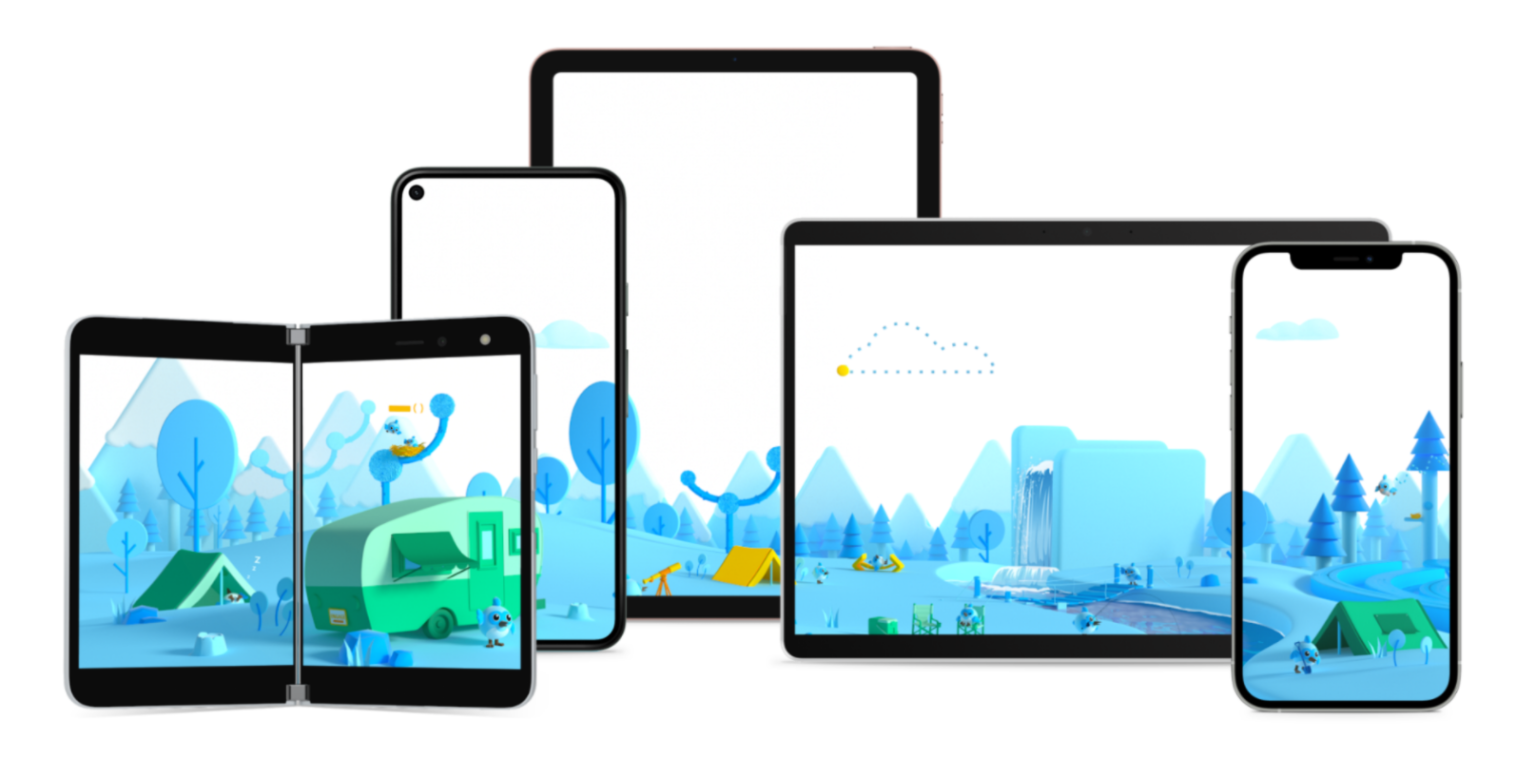
3. Mobile Updates
Smoother experience
Flutter apps now contribute 120Hz refresh rates that were previously limited to only 60Hz on iOS devices. This increase helps to have a smoother experience on iOS devices specially during animations.
Fordable Phone Support
Finally the newest release supports for fordable mobile devices. The new widgets and its core features will bring more natural experiences to fordable devices.
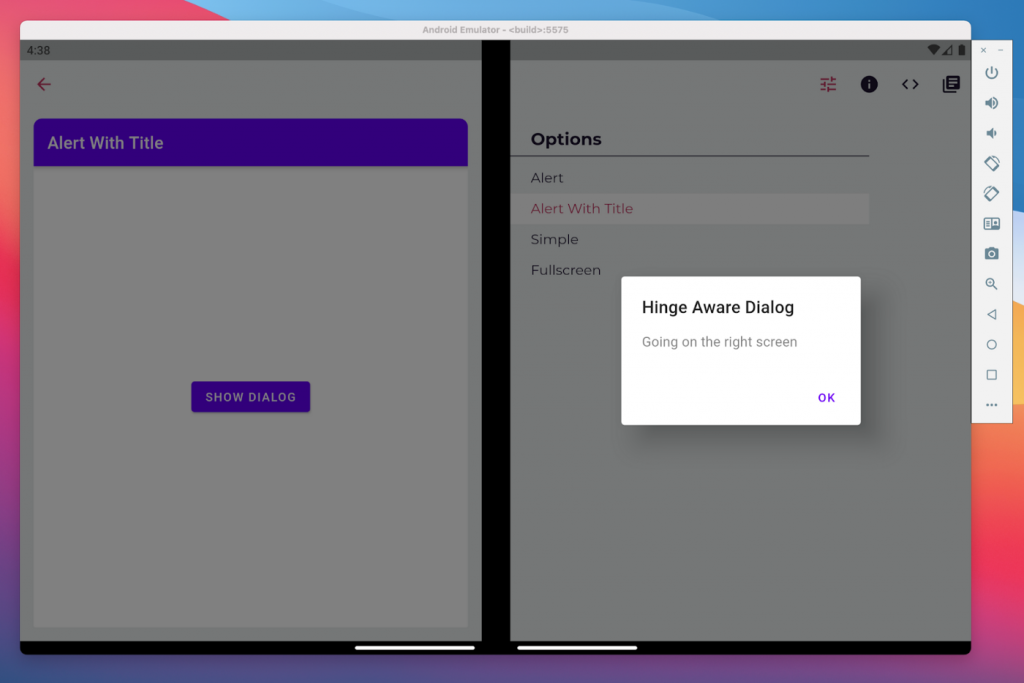
4. Web updates
Faster image decoding and scrolling
Flutter web now automatically detects and uses the ImageDecoder API in browsers that support it. As of today, most common browsers have added this API. Because of ImageDecoder API the image rendering for web is more efficient and the speed is twice faster than the previous versions. In overall the performance is major improvement for new update.
App lifecycle API
The new lifecycle API provides you flexibility to control over the Flutter framework. Now you can run Flutter apps in headless mode on the web. This gives you the flexibility to control the bootstrap process of your app from hosting HTML page, and check Lighthouse analysis for the performance of your app. For example you could preload the content while showing a login screen or a progress bar! You can get more information, Customizing web app initialization on docs.flutter.dev.
5. Material 3
Material 3 is known as the next generation of Material Design. Flutter 3 does not have full support for material 3 yet, only certain widgets support material 3. Flutter 3 provides opt-in support for Material 3. Maybe in future release, all the widgets might have material 3 support and could be the standard default for flutter.
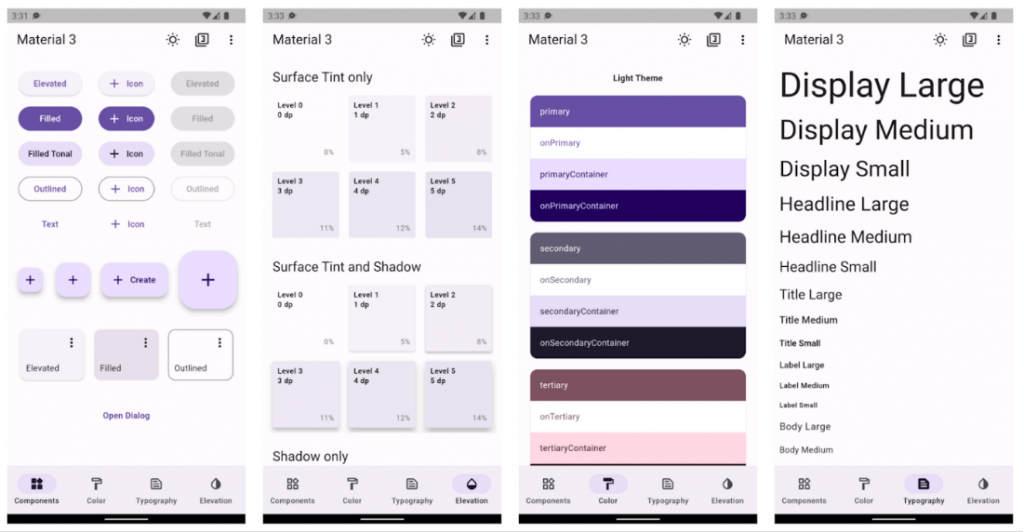
6. Theme Extensions
Theme extension feature enable themes more convenient. It enables customizing theme by adding custom colors and custom color names to the flutter theme. You are not stuck with default colors that comes with flutter anymore. It is now much easier than ever to add our own color to flutter apps.
7. Flutter’s Games Toolkit
The Flutter team has released an easy-to-use casual games tool kit for casual gamers. It is a specialized starter kit of various templates which mean you can write your game code with Flutter casual Games Toolkit.
Now you can deploy casual games much quickly on multiple platforms. Flutter game repo has pre-integrated modules for in-app purchases, Ads & more. However if you want to develop 3D games, then flutter is not the right choice rather you want to go for Unity 3D.

8. Dart 2.17
Dart 2.17 stable was announced along with Flutter 3.0 with many long-awaited features that developers have been waiting for. Dart is the secret sauce behind Flutter, and any improvements in Dart would help improve Flutter’s development.
According to Dart and Flutter team, Dart 2.17 adds major new support for members on enums, refines how you can use named arguments in constructors, and makes code for forwarding parameters to superclasses much less verbose and repetitive. We will look into the new features of Dart 2.17 in more details in the coming articles.


